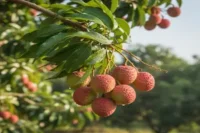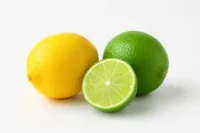The Ultimate Guide to Growing Mint: From Planting to Harvesting Peppermint, Spearmint & More
Published: 13 Mar 2025
Mint is one of the easiest and most rewarding herbs to grow. Its refreshing aroma, fast growth, and versatility in the kitchen make it a must-have plant. But here’s the catch: mint can be too enthusiastic! If you have ever wondered how to plant mint without it taking over your garden (or how to keep it thriving in a pot), you’re in the right place.
In this guide, I will explain everything you need to know about growing peppermint, spearmint, and other mint varieties.
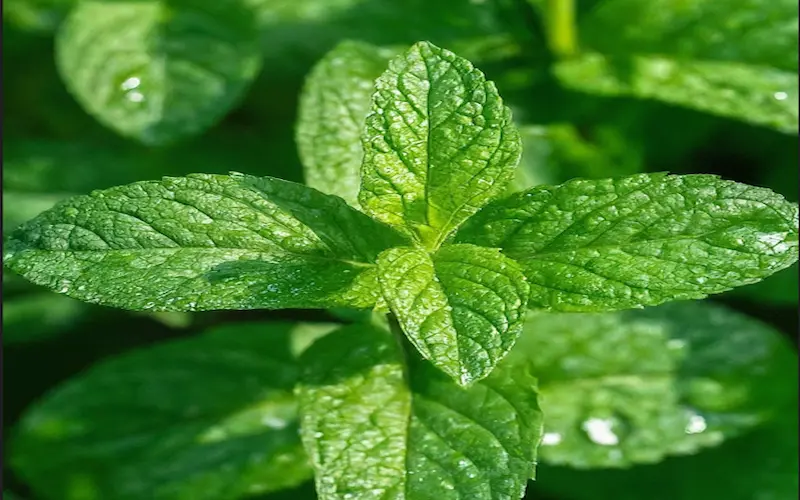
The benefits of growing mint
There are numerous benefits to growing your mint.
The difference in flavour between freshly picked mint and store-bought mint is night and day. The potency and aroma of homegrown mint can elevate any dish or drink.
Another benefit is the economic aspect. Mint plants are prolific growers, meaning you’ll have an ample supply from just a few plants. This abundance can save you money in the long run as you cut back on purchasing herbs from the store. Furthermore, mint is known for its medicinal properties, including aiding digestion and relieving headaches, which can contribute to overall well-being.
Cultivating mint also has environmental advantages. By growing your mint, you reduce the need for plastic packaging and the carbon footprint of transporting herbs. Additionally, mint attracts beneficial pollinators to your garden, contributing to the health of your local ecosystem.
Understanding the different types of mint
With over 600 mint varieties, picking the right one can be overwhelming. Let’s simplify:
| Variety | Flavor/Use | Best For |
| Peppermint | Bold, menthol kick | Teas, desserts, remedies |
| Spearmint | Sweet, mild flavor | Mojitos, salads, garnishes |
| Chocolate Mint | Hint of cocoa | Baking, hot chocolate |
| Apple Mint | Fruity undertones | Fruit salads, cocktails |
| Pineapple Mint | Tropical twist | Smoothies, infused water |
Before learning how to grow mint, it’s essential to understand that several varieties have distinct characteristics. The most common type is spearmint, known for its classic minty flavour, often used in culinary dishes. Peppermint, however, has a more robust, more intense aroma and is frequently used in teas and confectioneries.
There are also less common varieties like apple, chocolate, and pineapple mint, which offer unique flavours for particular kitchen uses. Each type of mint has its preferred growing conditions and nuances in care. Knowing the differences between these varieties helps you choose the proper mint for your needs and ensures that you provide the appropriate care for that specific type.
When selecting a mint variety, consider the flavours you enjoy and the purpose for which you’re growing mint. Some varieties might be better suited for teas, while others might be ideal for garnishing. This understanding sets the foundation for a more tailored and successful mint-growing experience.
Choosing the right location for growing mint
The location of your mint garden plays a crucial role in the health and productivity of your plants. Mint thrives in areas with plenty of sunlight but can also tolerate partial shade. When I first started growing mint, I found that a spot with morning sunlight and afternoon shade worked best to keep my plants from wilting in the day’s heat.
It’s also important to consider the soil quality and drainage where you intend to plant your mint. Mint prefers well-drained, moist soil that is rich in organic matter. To improve the soil quality, I often mix in compost or aged manure, which provides the nutrients the mint needs to flourish.
Another aspect to consider is space. Mint is notorious for its aggressive growth and can quickly take over an area if not managed properly. To avoid this, you can grow mint in containers or use barriers in the soil to keep the plants contained. This consideration ensures that your mint doesn’t invade other areas of your garden and makes it easier to harvest and maintain.
How to Grow Mint from Cuttings
Growing mint from cuttings is a quick and easy way to get a new plant. Here’s how to do it:
- Choose a Healthy Mint Plant: Find a healthy mint plant and cut a 4-6 inch stem just below a node (where leaves meet the stem).
- Prepare the Cutting: Remove the lower leaves from the stem, leaving a few pairs of leaves at the top.
- Place in Water: Put the cutting in a glass of water, making sure the bottom of the stem is submerged. Place the glass in a sunny spot but out of direct sunlight.
- Wait for Roots to Grow: In about a week or two, you’ll see roots starting to grow from the bottom of the cutting.
- Plant in Soil: Once the roots are a few inches long, plant the cutting in a pot filled with potting soil. Water the soil well.
- Care for the Plant: Keep the soil moist and place the pot in a spot with indirect sunlight. In a few weeks, you’ll have a healthy mint plant ready to use.
Enjoy your fresh mint leaves for cooking or tea by picking the leaves as needed.
How to grow mint from Seed in pots
Growing mint in a pot is an excellent way to control its growth and enjoy fresh herbs without worrying about it spreading throughout your garden. Here’s a step-by-step guide to growing mint in a pot:
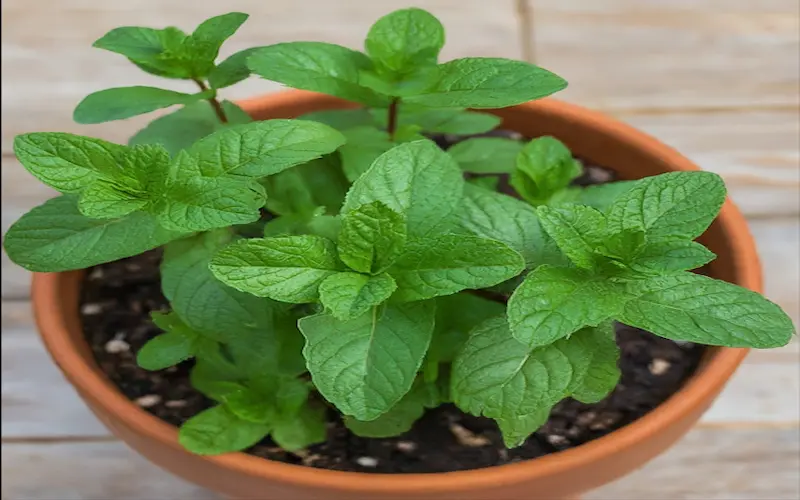
Selecting the Right Container
Choose a pot at least 12 inches in diameter with drainage holes at the bottom. This size provides adequate space for the roots to spread and ensures that excess water can drain, preventing root rot.
Preparing the Potting Mix
Use a good quality potting mix that is well-draining yet retains moisture. To this mix, I like to add a bit of perlite or sand to enhance drainage and a slow-release organic fertilizer to nourish the plants.
Planting the Mint
You can start mint from seeds, cuttings, or seedlings. If using seeds, sprinkle them on the soil and lightly press them in. For cuttings or seedlings, make a hole in the soil large enough to accommodate the root ball, then place the plant in the hole and gently cover it with soil.
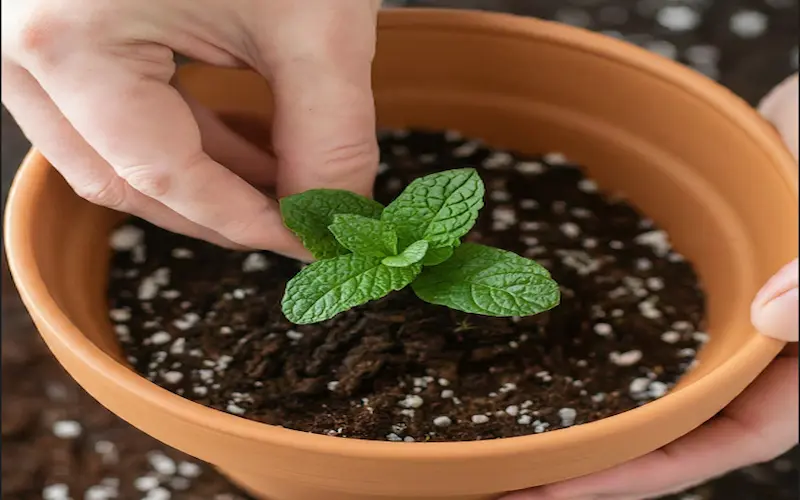
Watering and Positioning
Water the mint immediately after planting to settle the soil around the roots. Place the pot in a location that receives plenty of sunlight but is protected from the harshest afternoon rays.

Ongoing Care
Keep the soil consistently moist but not soggy. As the mint grows, pinch off the tips to encourage bushier growth. Rotate the pot occasionally to ensure even sunlight exposure.
Potting Up
As the mint plant grows, it must be transferred to a larger pot. This usually needs to be done once a year to provide the mint with fresh soil and more room to expand.
Step-by-step guide: How to grow mint outdoors
Growing mint outdoors allows the plants to reach their full potential, especially if you have the space to spread.

Choosing the Right Spot
As mentioned earlier, mint enjoys sunlight with some afternoon shade. Find a spot in your garden that fits this description, and ensure it’s away from other plants that mint could overtake.
Preparing the Soil
Work the soil to a depth of about 12 inches, removing any weeds or debris. Amend the soil with compost or aged manure to improve its fertility and structure. If the drainage is poor, consider raising the planting bed or adding more organic material to improve it.
Planting the Mint
Plant mint seedlings about 18-24 inches apart to give them room to grow. Dig a hole for each plant, place the mint, and fill it with soil. Pat the soil gently around the base of the plant.
Watering and Mulching
Water the mint deeply immediately after planting. Apply a layer of mulch around the plants to conserve moisture and suppress weeds. Keep the soil consistently moist, especially during dry periods.
Managing Growth
Consider planting mint in a buried container or using a root barrier to prevent the mint from taking over your garden. Regular harvesting and pruning also help manage its growth.
Common problems and solutions when growing mint
While mint is generally low-maintenance, it can encounter some issues. One common problem is mint rust, which appears as small orange spots on the leaves. To combat this, improve air circulation around your plants, avoid overhead watering, and remove any affected leaves promptly.
Another issue is powdery mildew, a fungal disease that coats the leaves in a white, powdery substance. Ensure your mint has enough space for air to circulate and keep the foliage dry. If mildew appears, remove the affected parts and apply an organic fungicide.
Pests like aphids and spider mites can also target mint. These can be controlled by introducing natural predators, such as ladybugs, or by spraying the plants with a mild water and dish soap solution.
Tips for maintaining and harvesting your mint
Regular maintenance is vital to keeping your mint plants healthy and productive. Water them when the top inch of soil feels dry, and feed them with a balanced, water-soluble fertilizer every four to six weeks during the growing season.
Mint is best harvested in the morning, with the most concentrated oils. Snip stems just above a set of leaves to encourage bushier growth. Regular harvesting provides fresh mint and keeps the plants in check.
In colder climates, protect your mint during winter by applying a thick mulch or moving potted mint indoors. This protection ensures that your mint will return with vigour come spring.
10 Creative Uses for Homegrown Mint
- Mint Tea: Steep fresh leaves for a calming brew.
- Pesto: Swap basil with mint for a zesty pasta sauce.
- Natural Cleaner: Mix mint-infused vinegar for a fresh kitchen spray.
- Mosquito Repellent: Rub leaves on skin (or plant near seating areas).
- Ice Cream Topping: Sprinkle chopped mint on chocolate desserts.
- Herbal Bath: Add mint + lavender to bathwater for relaxation.
- Mint Butter: Blend into butter for grilled corn or fish.
- Cocktails: Muddle into mojitos or lemonade.
- Potpourri: Dry leaves with citrus peels for DIY sachets.
- First Aid: Apply crushed leaves to soothe bug bites or headaches.
Fresh mint is incredibly versatile in the kitchen. Use it to add a flavour to salads, or steep it in hot water for a soothing tea. Mint pairs well with fruits like berries and melon, and it can be used to make refreshing cocktails or mocktails like mint juleps and mojitos.
One of my favourite uses for mint is in homemade sauces and marinades. A quick mint chimichurri can elevate grilled meats, and a minty yoghurt sauce can transform a simple dish into something special. Take notice of the possibility of mint-infused desserts like ice cream or chocolate-mint brownies.
Faqs about Growing Mint
: In zones 3–9, yes! Mulch heavily or move pots indoors
Likely due to overwatering or lack of sunlight. Adjust care
Soak the pot in water for 30 minutes and trim dead leaves.
Conclusion
Growing mint is like unlocking a cheat code for gardening success. It’s forgiving, flavorful, and fights pests—all while thriving in tiny spaces. Pair it with bell peppers for a pest-resistant veggie patch, or add a pot to your indoor herb garden for year-round freshness. Ready to start? Grab a cutting, plant with confidence, and soon you’ll have more mint than you know what to do with!

- Be Respectful
- Stay Relevant
- Stay Positive
- True Feedback
- Encourage Discussion
- Avoid Spamming
- No Fake News
- Don't Copy-Paste
- No Personal Attacks



- Be Respectful
- Stay Relevant
- Stay Positive
- True Feedback
- Encourage Discussion
- Avoid Spamming
- No Fake News
- Don't Copy-Paste
- No Personal Attacks


